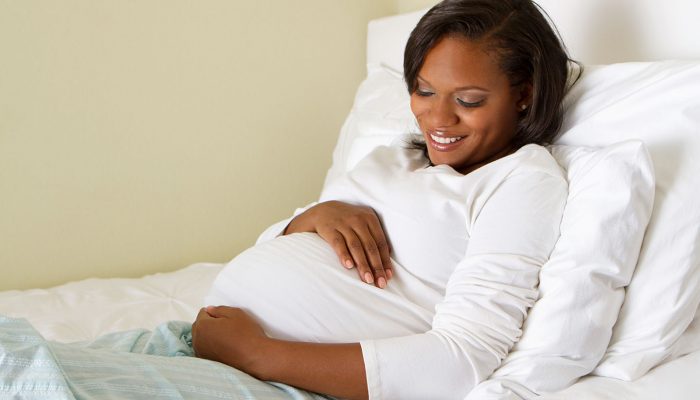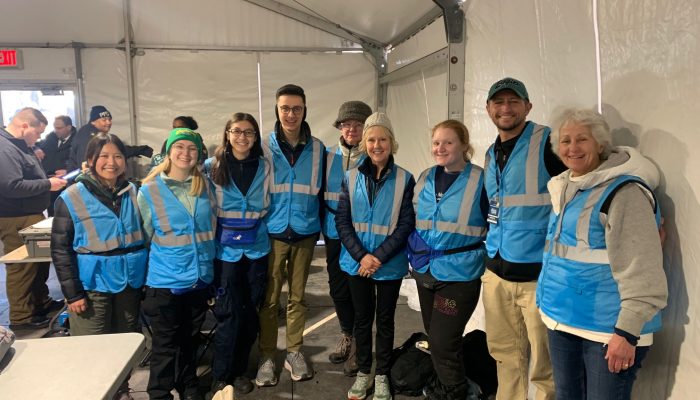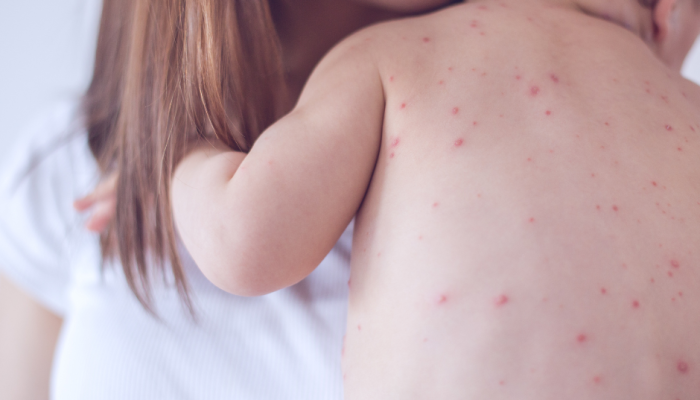You know that February is Black History Month every year. You might not know that National Black HIV Awareness Day happens every February 7, too, and it’s not just about raising awareness.
It’s about taking action – especially this year.
Here at the Health Department, we provide public health data collection and analysis along with HIV prevention, care, and planning in collaboration with the communities most affected by HIV through our AIDS Activities Coordinating Office or AACO.
To observe National Black HIV Awareness Day as part of Black History Month, we’re presenting some of the data we’ve collected pertaining to Black Philadelphians and HIV as well as facts about where our system is making progress, which inequities persist, and what we’re doing to fix it.
The problem is racism.
It sounds obvious, but to be clear the problem is racism. The disparities between white and Black Philadelphians are not reflective of individual behavioral differences but instead society’s failures to provide adequate and equal access to healthcare, housing, and other supports critical to preventing HIV.
This is not a matter of personal opinion, it is a fact backed by scientific data.
“Black Philadelphians bear the burden of HIV infection regardless of age, gender, or how HIV was transmitted,” explains Dr. Kathleen A. Brady, chief medical director at AACO and head of the epidemiology team. Brady is also currently acting director of the office as a result of staff redeployments on account of the COVID-19 pandemic. “The number of Black Philadelphians being diagnosed with HIV outpaces their share of the general population in Philly, even though they engage in similar behaviors as white Philadelphians like, for example, having similar numbers of sexual partners.”
Lots of data reveals the unequal way HIV affects Black Philadelphians, including that:
- Black Philadelphians are diagnosed with HIV at a rate three times that of white Philadelphians (44.3 per 100,000 residents versus 13.0 per 100,000 residents, respectively).
- Over the past five years in Philadelphia, nearly two in three newly diagnosed cases of HIV were among Black Philadelphians when they make up just under half of the city’s population.
- In 2019, 56 percent of new cases of HIV among Black Philadelphian we among men who have sex with men (MSM).
“It’s important to note that extremely high percentages of communities within the overall Black population in Philadelphia have health insurance,” explains Javontae Williams, Senior Coordinator for HIV Prevention Services. “In fact, 94 percent of Black transwomen and 84 percent of Black MSM already have insurance. This makes disparities between white and Black people in Philadelphia in terms of HIV testing or treatment all the more inexplicable unless these different experiences are related almost solely to race, which is the very definition of racism.”
There’s a solution, and we have a plan for it that you helped draft.
The problem is daunting as much as it’s complex. But there’s a plan on how to address it.
Ending the HIV Epidemic in Philadelphia (EHE) is the area’s strategic plan with the ultimate goal of reducing new HIV infections by 75 percent in five years. The plan involved a year of community engagement, which included the following activities:
- Over 8000 people living with or recently diagnosed with HIV here locally, providing insights through interviews about our programming.
- Several formal, commissioned feedback reports from specific communities providing recommendations.
- Multiple town halls, workshops, and other events soliciting feedback.
- Four public comment periods after we published new drafts of the plan, each revised as a direct result of this community engagement.
A special task force focuses on EHE’s implementation, and bringing equity to the system is a core part of EHE. One member of the team is focused solely on putting an equity lens over all of our system’s public health practices, but the entire team advances equity practices in everything they do. You can read the full plan on the Health Department’s website, too.
This emphasis on equity in public health is necessary because, in EHE, we’ve identified serious disparities that fracture along racial lines across the entire system, including but not limited to:
- PrEP access.
- HIV testing.
- Linkage to care.
- Care retention.
- Viral suppression.
The plan comprehensively tackles each of these disparities as core priorities because these disparities are, in part, sustaining HIV as an epidemic.
For instance, each one of those examples of disparities fits under the plan’s four pillars and has several specific, measurable action steps to fix it as part of EHE’s pillar strategies. Some of the activities are already taking place. Here are just a few examples of activities supporting this work undoing the disparities mentioned:
- PrEP access: Develop network of low-threshold sexual wellness clinics to provide services including PrEP and PEP linkage alongside HIV, STI, and HCV testing and linkage to treatment when necessary. (Requests for proposals or RFPs have been posted to start these programs.)
- HIV testing: Realign funding away from community-based HIV testing programs currently not reaching key populations to sharpen focus on key populations. (Programs affected by this change have been contacted well in advance, we’ve held job fairs to assist workers in these program as well as recruit for new ones, and we’ve started to realign funding in accordance with this action.)
- Linkage to care: Establish an AACO Field Services Unit as a safety net resource responsible for providing intensive linkage to care services for people diagnosed with HIV at locations with limited capacity to link people to HIV medical care. (The new unit is fully staffed and just started its work at the start of 2021.)
- Care retention: Support homelessness prevention activities by providing direct emergency financial assistance for rent and utilities. (This work is ongoing, including with a new, special COVID-19 related rental assistance program launched in Fall 2020.)
- Viral suppression: Address transportation barriers for medical appointments and other necessary services. (This work is ongoing.)
We’re already taking action on solutions, and some of that will infuse resources directly into the community.
Plans are important, but plans without action do little. That’s why we’ve been busy building on progress made in the past – like building one of the most successful and groundbreaking syringe exchange programs in the nation, increasing access to treatments that today both prolong lives and prevent new HIV infections, taking steps to introduce PrEP and that it will get to those who need and want it – while also taking action more aggressively in EHE’s priority areas and equity focus. We’ve detailed just a fraction of that work already here.
Some of the work will also include providing resources for new, groundbreaking community-driven work.
On January 21, 2021, we released a request for proposals (RFP) to “plan and implement low-threshold sexual health services for Black/African Americans in Philadelphia at risk of HIV infection.” There are other RFPs for the same type of program for LGBTQ Philadelphians, Latinx Philadelphians, and residents and workers of Southwest Philadelphia. Each of these are special areas of focus based upon public health data and operational needs.
This is one example of a high impact, community-driven solution that will go a long way in addressing the problem. That opportunity is still open through February 18, 2021, and you can find it on the City’s eContractPhilly platform.
Likewise, we’re currently reviewing submissions to another RFP posted in 2020 “to engage and re-engage people living with HIV (PLWH) who are lost to HIV care.” Staying connected to care, and for those who aren’t connected re-engaging with HIV care, is vital to improving health outcomes for people living with HIV.
Both of these funding opportunities are examples of how we’re putting the plan into action and allocating the resources we have to implement EHE and address disparities.
While the injustices of a racist society ought never have happened in the first place, we are committed to this work now and in the future.
The uncomfortable part to this work is the implied or expressed acknowledgement that our history, both as a city and a nation, is built on, at best, unfair and, at worst, horrific racist practices that never should have happened in the first place.
Right now, we are at a pivotal moment in history where addressing the disparities that linger today as a result of the past can bring about a decisive, restorative justice and peace. We’re doing our part at the Health Department reforming the local HIV treatment and prevention system so it no longer supports or sustains unfair or racist practices.
Opportunities like this only come once in a generation, and so we are hinging nearly everything we do on successful implementation of EHE, including its focus on equity.




